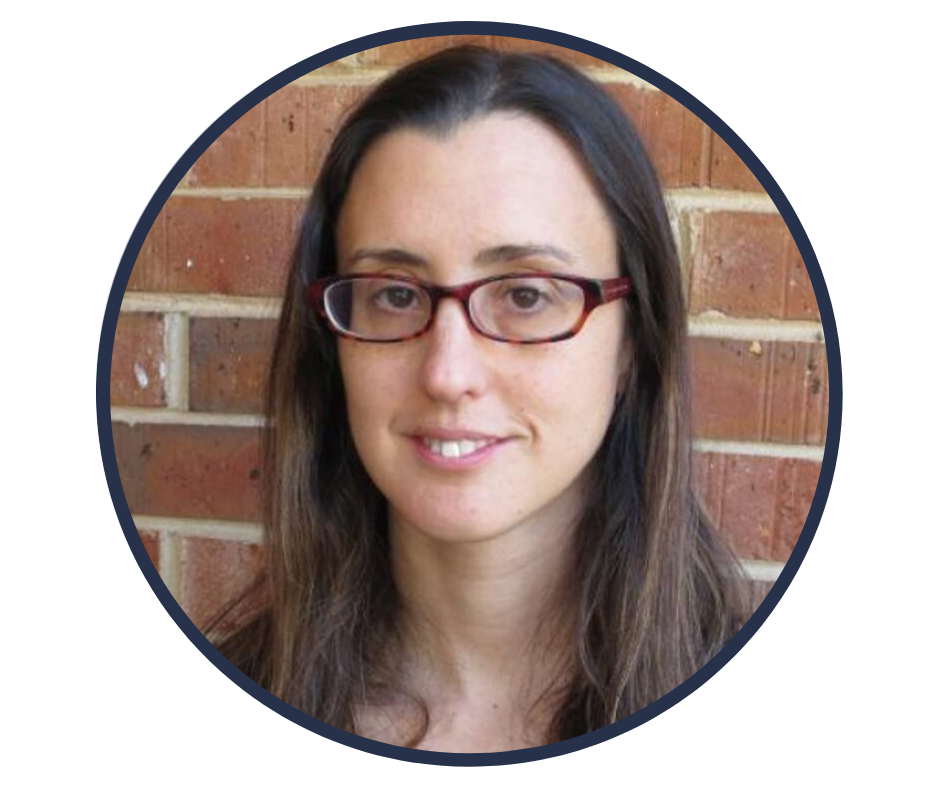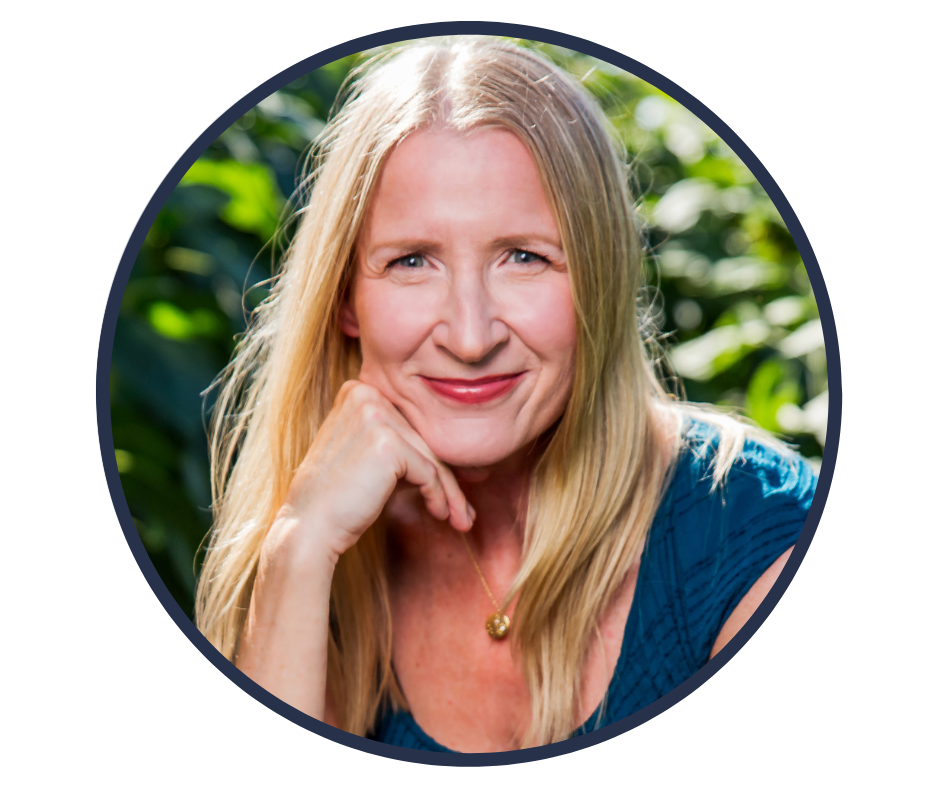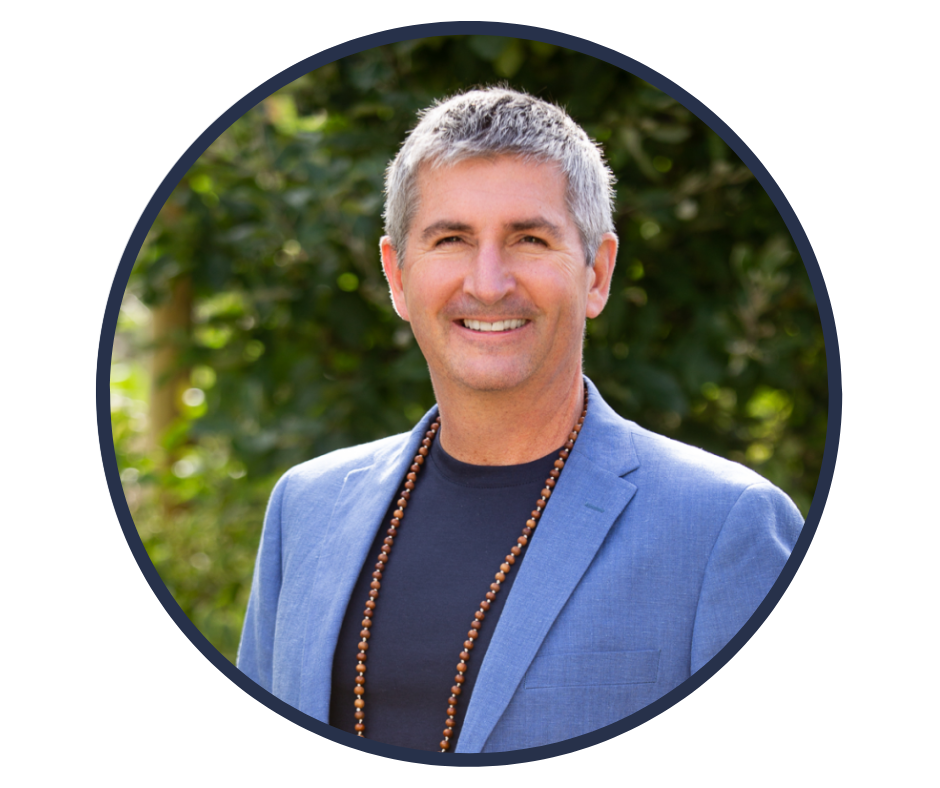Yoga and Science in Pain Care - A Case for Curiosity and Movement as Education
By: Sarah Marsh, Physiotherapist and Yoga Teacher ∙ Estimated reading time: 6 minutes
By: Sarah Marsh, Physiotherapist and Yoga Teacher ∙ Estimated reading time: 6 minutes

This is the 7th blog post in a series based on the Yoga and Science in Pain Care Book Club, a 15-part course based on the book by the same title, by Neil Pearson, Shelly Prosko, and Marlysa Sullivan. You can find the blogs corresponding to Chapter 1, Chapter 2, Chapter 3, Chapter 4, and Chapter 5, and Chapter 6.
A Case for Curiosity and Movement in Pain Education
Neil Pearson, Shelly Prosko and Marlysa Sullivan’s book ‘Yoga and Science in Pain Care’ and the corresponding online course show that applying the principles and practices of yoga can help our patients and clients who have persistent pain.
Yoga and Science in Pain Care Chapter 7 discusses how we can integrate pain science and education together with movement and yoga.
There was so much to take from both the book and course. The following topics were key for me, as is the need for us as therapists and our patients to stay curious!
- Where we are with pain science and education
- Trying too hard to ‘fix’ our patients
- Using movement to change pain.

Pain Science and Pain Education
Lorimer Moseley wrote about reconceptualizing pain back in 2007. Later, Moseley’s research showed that one-on-one pain science education in addition to standard physiotherapy treatment gave superior outcomes in pain and perceived disability, persisting even 12 months after the session. Yet in clinical practice, we still see many patients who have received outdated and inaccurate explanations about pain.
A large part of my caseload is chronic pelvic pain patients. They often come to the clinic as a last resort. They have had numerous tests and investigations and have seen numerous specialists but have found ‘nothing that explains their pain’, have no diagnosis, and are told ‘there’s nothing more we can do, it’s all in your head’.
Except it’s clearly not.
They are in pain, distressed and anxious, moving less, medicating more, and feeling they are out of options.
The other side to this is that we all see patients who have been misled (at best) by healthcare professionals who have told them they can make the patient’s pain go away.
However, we don't actually know if we can make the person's pain go away, and the research certainly doesn't support that we always can.
Knowledge is Power
Knowledge is power (originally said by Sir Frances Bacon, 1597)!
However, not all knowledge is equal or perceived the same.
Knowledge can help to change behaviour. It can help patients to consider their pain differently, and notice that it changes.
However, delivered incorrectly, or heard and understood incorrectly, knowledge may hinder progress. Furthermore, patients' belief systems often reinforce the belief that their function and overall quality of life will not improve until their pain improves.
The Questions Our Patients Ask
What’s wrong? Really they want to know if we’ve seen this problem before, do we know how to help.
How long will it last? Patients are asking if it will change and how long that will take.
What can you do for me? Are there effective treatments for this? What is the treatment plan?
The final question, which is rarely asked unless the patient has some knowledge of pain science- What can I do to help myself?
Sensitively we can explain that there are tools and skills they can learn, using pain education and movement education to provide proof (Neil Pearson, Chapter 7, Page 128/9).
Delivering Pain Education
As Neil discusses “it’s hard to get good at it”.
There are many reasons for this.
Firstly, what we are sharing is complex, we are often so busy giving the information that we miss the person in front of us.
Are we offering this information in a way that is relevant and resonates with our patient?
People learn differently: some do better with books and lectures, and others by observing, doing and practicing.
Personally, for me, there is an additional reason. Patients who come to me having been told ‘it’s all in your head’ and are often still searching for a diagnosis (I believe these two points are so connected, as patients feel they have not been heard or believed) struggle to listen to ‘yet’ another healthcare professional offering education, when they ‘just’ want to feel better. These patients are not at the point of asking ‘What can I do to help myself?’
Perhaps we need to step back a little here. Certainly, my physiotherapy training was to treat a patient with the aim of ‘fixing’ them in a certain time/number of sessions.
In yoga therapy we work differently, encouraging our clients to contemplate more to increase their awareness and understanding of how their pain changes.
As Neil recounts on the course:
What should our goals be when we provide pain education, or rather what should they not be?
To be successful, we don’t need to try and get patients to re-conceptualize pain when we give them the education once.
The aim is to “get them to be curious and look at pain in a new way”.
This is great insight; I know I have at times lost sight of this with the patient in front of me.
Developing stories to help explain and offer proof takes time to practice. Developing our own curiosity so that we try new approaches rather than brain-dumping explanations is essential.

Yoga and Movement
We know that patients in persistent pain move less, change how they move, and breathe differently without even noticing it.
As well as experiencing mainly negative changes to all aspects of their life including family, friends, identity and job.
We know that through yoga, we can help patients experience a feeling of safety and calm. Using breathing techniques, relaxation, savasana, and yoga nidra. We have many tools that may help patients find peace; a chance to acknowledge that ‘here’ their pain feels different.
“Knowledge is but a rumour until it lives in your body” is a fabulous statement (credit to one of Neil’s students).
When we teach and practice yoga, we develop an increased body awareness, and greater knowledge of how we feel through experiential learning, interoception and proprioception.
Repetition develops an understanding of when we feel differently and when things change, be that mobility, stability, range of movement and of course pain.
Through movement, we can help our patients to stay curious and feel differently, feel their pain change and shift. Can we use this to support the same pain education messages but in a different way?
We know that pain is not an accurate indication of tissue health and that we cannot therefore use this as an indication of how much to move or how hard to push. Pacing movement is key, and the correct dose is individual.
For some people their experience is that movement has increased their pain, they experience changes to sensitization, and they and their body anticipate ‘danger’ with movement.
A yoga approach allows for gentle slow movement with time for the patient to breathe, review and consider how they are feeling.
Jnana yoga, the yoga of wisdom and discernment can help the student to contemplate this and develop self-regulation techniques. As therapists, we can guide them to try new movements and techniques further increasing self-efficacy.
“No one alarm system is accurate” and it appears that noticing more systems gives an overall greater accuracy.
A movement approach will of course not work for all patients, as with all pain education an individualized approach is the key.

Recovering Movement in Persistent Pain.
Pearson N, Prosko S, Sullivan M. (2019). Yoga and Science in Pain Care: Treating the Person in Pain. London, UK: Singing Dragon Publishers; p.139.
An Individualised Approach: N = 1
We know how complex persistent pain is, and the key to successful pain science education is an individualized approach.
Sometimes in the melee of treating patients/students, we as therapists can lose sight of this. We need to stay curious to ensure we don’t miss the person in front of us, and that we offer education and movement in a way that resonates for them.
Yoga as a movement therapy, I believe, allows patients to develop self-efficacy and allows them to increase their locus of control. Yoga also offers the opportunity to regain more control of dysregulated physiology, which limits ANS drivers of pain.
Pain education research has yet to confirm that embodied and experiential learning is effective in changing and managing pain. I believe the evidence will catch up and demonstrate what many of us have experienced with patients and students: that recovering movement and finding the right movement helps change pain.
Let us as therapists continue to lead in exploring how offering multiple techniques and tools is the best approach, for what we know is a complex and multi-faceted problem.
To finish with the example of a long-term patient, who over the years (3) had steadfastly refused to ‘try anything yoga’. But by seeing how it benefited others, was brave enough to eventually try and now uses Anuloma Ujjayi breath as her go-to when her pain flares.
With thanks to all my patients from whom I always learn so much.
Click here to learn more about Chapter 7
of Yoga and Science in Pain Care
or
Click here to view the complete series
References:
- Pearson, N., Prosko, S., Sullivan, M. (2019) Yoga and Science in Pain Care: Treating the Person in Pain. Jessica Kingsley Publishers
- Yoga and Science in Pain Care: Chapter 7 online course. Feb 2021. Embodia.
---
Date written: 02 Oct 2023
Last update: 08 Dec 2025

MPT, C-IAYT
Marlysa is a physiotherapist and yoga therapist with over 15 years of experience working with people suffering with chronic pain conditions. She is an Assistant Professor in Yoga Therapy and Integrative Health Sciences at Maryland University of Integrative Health and holds an adjunct position at Emory University, where she teaches the integration of yoga and mindfulness into physical therapy practice in the DPT program. She is also the author of Understanding Yoga Therapy: Applied Philosophy and Science for Well-being and co-editor of Yoga and Science in Pain Care: Treating the Person in Pain as well as several peer-reviewed articles.
Marlysa has been involved in the professionalization of the field of yoga therapy through the educational standards committee of IAYT, which helped to define the competencies for the field, and in characterizing the yoga therapy workforce through research. Her research interests focus on defining the framework and explanatory model for yoga therapy based on philosophical and neurophysiological perspectives.

PT, C-IAYT, PCAYT
Shelly has been helping people recover and flourish since 1998 as a physiotherapist, yoga therapist, educator, author and pioneer of PhysioYoga, blending evidence-informed body-mind-breath-spirit-heart centered practices and principles, such as yoga, into physiotherapy with a focus on chronic pain, pelvic health, compassion in healthcare and professional burnout. She is on faculty at several therapy programs, presents at medical conferences globally, contributes to academic research and writing, provides classes, courses and resources for the general population, and offers continuing education courses and mentorship for professionals.
She considers herself a lifelong student and emphasizes the immense value gained from clinical experience and learning from those she serves, the professionals she teaches, and the colleagues with which she collaborates.
Shelly is the co-editor/author of the book Yoga and Science in Pain Care: Treating the Person in Pain and has authored numerous book chapters in a variety of rehabilitation textbooks.
She maintains a clinical practice in Sylvan Lake, Alberta and believes compassion (including self-compassion), meaningful connections, spending time in nature and sharing joy are powerful contributors to rehab and well-being.
Visit www.PhysioYoga.ca to learn more.

PT, MSc(RHBS), BA-BPHE, C-IAYT, ERYT500
Neil is a physical therapist, yoga therapist, author, researcher, Clinical Associate Professor at the University of British Columbia, faculty in three IAYT-accredited yoga therapy programs, board member for the International Association of Yoga Therapists and pain care advocate. He conducts research into the effects of yoga on veterans with chronic pain and people with osteoarthritis. Neil is the recipient of awards honouring his work in pain care, patient education and physiotherapy by Queen’s University, the Canadian Pain Society and both provincial and national physiotherapy associations, including the Canadian 2021 Medal of Distinction.
Neil is a consultant to Partners in Canadian Veterans Rehabilitation Services, and to Lifemark’s 300+ clinics in Canada. Neil is a past board member for Pain BC, Canada’s premier non-profit transforming the way pain is understood and treated. He co-authored – Yoga and Science in Pain Care 2019, authored the patient education ebook, Understand Pain Live Well Again in 2008, and is lead contributor to many free patient resources offer by Pain BC.
For more information and course offerings, see www.paincareaware.com

BSc (Hons) Physiotherapy, Yoga Teacher
Sarah Marsh is a physiotherapist specialising in chronic pelvic pain and oncology, a yoga teacher (Senior Yoga Teacher, Yoga Alliance Professionals UK) and trainee yoga therapist based in London, UK. She has been studying yoga since 2000 and teaching since 2009. She works with her patients to offer education and movement to help manage symptoms and improve their quality of life. She runs a 12-week exercise and yoga programme for cancer patients.
She shares her yoga and physiotherapy skills teaching courses for healthcare professionals to introduce them to yoga and yoga philosophy as a route to healing, incorporating safe and effective movement.
She believes passionately in the interconnection and relationship of our physical and mental symptoms and wellbeing. She runs a Mindful Strength Training programme for women with chronic pain.